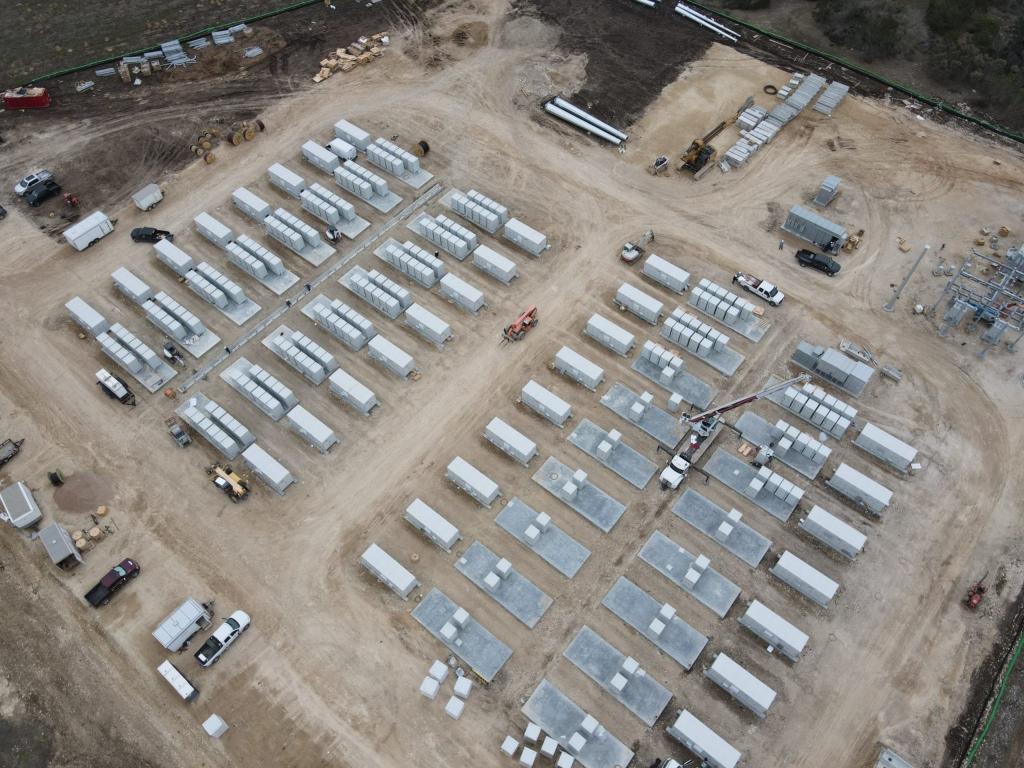Battery Storage Integration
According to our analysis, the current situation has presented a notable prospect. Our findings indicate that over $5 billion was allocated to BESS investments in 2022, marking an almost threefold rise compared to the previous year. It is anticipated that the worldwide BESS market will achieve a valuation ranging from $120 billion to $150 billion by 2030, surpassing its current size by more than twofold. However, this market remains fragmented, posing challenges for numerous providers who are uncertain about their competitive positioning and strategies. It is crucial to seize this moment and determine the prime areas of growth in the swiftly advancing BESS market, while also making the necessary preparations for them.
I consent to receiving news and promotional material from Schneider Electric and its affiliated companies through electronic channels, such as email. Additionally, I acknowledge that data regarding my interaction with these emails, including the tracking of opens and clicks using hidden pixels within images, may be collected in order to assess the effectiveness of our communications and enhance their quality. For more comprehensive information, kindly refer to our Privacy Policy.
The commercial and industrial (C&I) sector, which ranks as the second-largest category, is projected to experience a compound annual growth rate of 13 percent according to our forecasts. This growth should result in annual additions ranging from 52 to 70 GWh by 2030 for the C&I sector.


